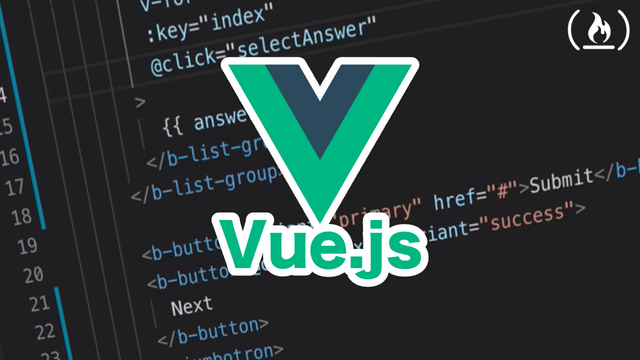Veu.js
Vue.js is a progressive JavaScript framework used for building user interfaces (UIs) and single-page applications (SPAs). It is designed to be incrementally adoptable, meaning you can use it for small parts of your web application or to build full-featured applications. Vue.js is often favored for its simplicity, flexibility, and ease of integration with other projects or libraries.
Key Features of Vue.js:
Reactive Data Binding: Vue.js uses a reactive data-binding system, which automatically updates the view whenever the underlying data changes. This feature simplifies how developers handle DOM updates and makes it easier to create dynamic user interfaces.
Component-Based Architecture: Vue.js encourages breaking down the UI into reusable components. These components encapsulate HTML, JavaScript, and CSS, allowing developers to create modular and maintainable code.
Virtual DOM: Like other modern frameworks (e.g., React), Vue.js uses a Virtual DOM, which is a lightweight copy of the actual DOM. Changes to the DOM are applied efficiently, improving performance and reducing unnecessary rendering.
Directives: Vue.js comes with built-in directives such as
v-bind,v-if,v-for, andv-on, which simplify the manipulation of the DOM and the handling of events in a declarative way.Single-File Components (SFCs): Vue allows developers to write components in single
.vuefiles. Each component contains its HTML, CSS, and JavaScript logic in a structured format, promoting maintainability and reusability.Two-Way Data Binding: Vue provides two-way data binding, particularly useful for forms and user input. It allows easy synchronization between the model (JavaScript variables) and the view (HTML).
Routing and State Management: Vue.js has official libraries for routing (
vue-router) and state management (Vuex), making it easy to handle complex navigation and global state in your applications.Ecosystem and Flexibility: Vue can be integrated into existing projects gradually, without needing to rewrite the entire codebase. It also has a wide ecosystem with tools for building, testing, and deploying applications (e.g., Vue CLI, Nuxt.js for server-side rendering).
Why Use Vue.js?
- Easy Learning Curve: Vue is known for being easy to learn, especially for developers who are familiar with HTML, CSS, and JavaScript.
- Flexibility: Vue can be used in various types of projects, from simple web components to complex enterprise applications.
- Performance: Thanks to its Virtual DOM and efficient rendering, Vue performs well in terms of speed and resource management.
- Strong Community and Documentation: Vue.js has a large and active community, with excellent documentation, making it easy to find resources, libraries, and support.
Use Cases
- Single Page Applications (SPAs): Vue.js is often used to build SPAs, where the user interface updates dynamically without reloading the page.
- Prototyping: Due to its simplicity, Vue is great for quickly prototyping user interfaces and web applications.
- Mobile Apps: With tools like NativeScript or Quasar, Vue can be used to build mobile applications.
In summary, Vue.js is a popular framework due to its balance between simplicity and power, making it a good choice for developers looking to build interactive and dynamic web applications.

"🤩 Great summary of Vue.js! I'm a big fan of its simplicity, flexibility, and ease of integration. The reactive data binding system and component-based architecture are particularly interesting features that make it easy to create dynamic user interfaces. Have you ever used Vue.js in any project or just learning about it? 🤔"
I also gave you a 0.48% upvote for the delegations you have made to us. Increase your delegations to get more valuable upvotes. Cheers! 🎉
Help Us Secure the Blockchain for You
Your vote matters! Support strong governance and secure operations by voting for our witnesses:
Get Involved